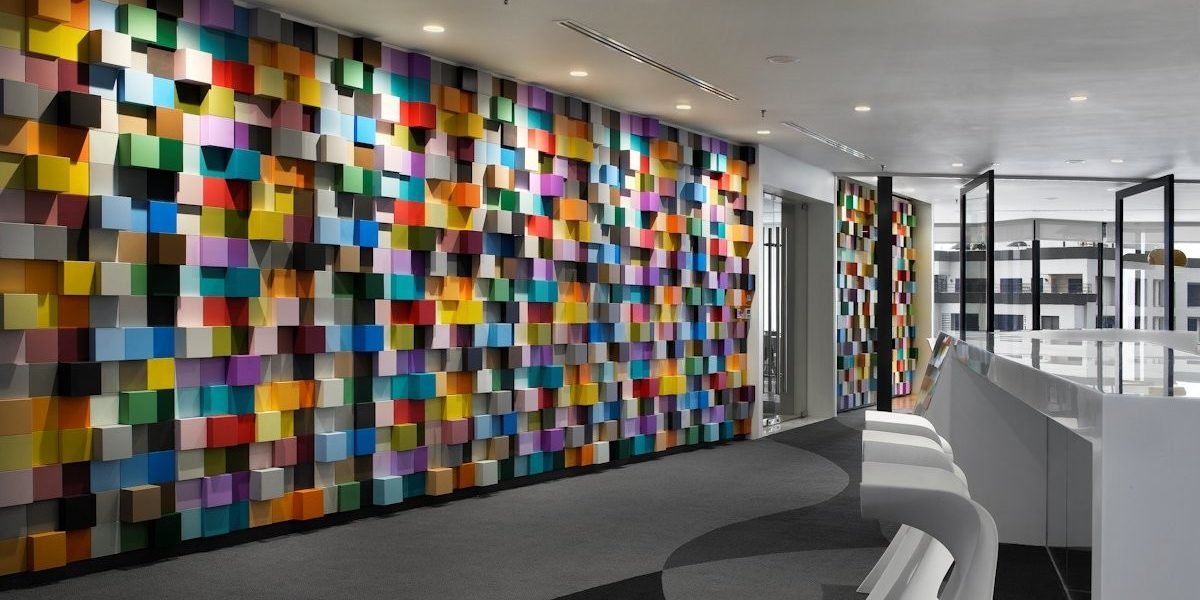You have a spacious, open-plan, collaboration-oriented office. It’s chic, trendy, and even better yet, ergonomically-designed. The issue? Ahmed can hear Hiba speaking to her husband on the phone every day. He doesn’t care about what they consume for dinner, but knows tonight they’ve succumbed to the humdrum choice of pizza. Ahmed needs some acoustical aid, as do many people trying to maintain focus in the offices of today, so here are five design tips to minimise acoustic issues in offices.
1. Living Green Walls
The various surfaces and textures of plants are excellent in absorbing unwanted sound. Done right, they are not only appealing to the eye but also provide health benefits for your employees by helping to detoxify and oxygenate the air. They can also increase the humidity, and keep air temperatures down. A study conducted by the University of Queensland in Australia found that office landscaping improved employee productivity by 15 percent. These living sound barriers can be done in various sizes, shapes, and patterns.







